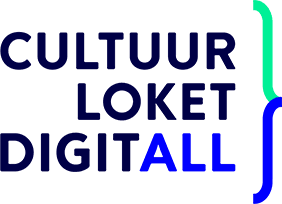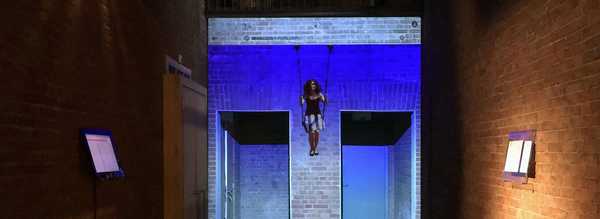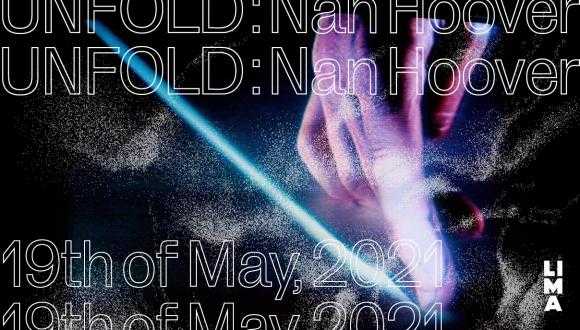
LI-MA Proudly Presents Brand New and Innovative Project
Living Media Art: LI-MA’s hybrid platform and meeting space on media art, to be developed in co-creation.
During the closing session of LI-MA's annual symposium Transformation Digital Art on 22 March 2024, Florian van Zandwijk of studio mot presented Living Media Art. This new project is initiated by LI-MA, is about LI-MA and works towards redefining LI-MA. With this project and platform, LI-MA offers a glimpse behind the scenes, by showing the processes required to ensure sustainable access to media art. Together, LI-MA, RNDR and studio mot are developing Living Media Art, a hybrid public place where online and onsite converge.
Orientation Phase
Sharing knowledge and collaboration characterise the way LI-MA works. With Living Media Art, we have the ambition to share with the media art community – and involve them in – the processes that take place behind the scenes at LI-MA. In addition, we aim to share more widely the range of activities LI-MA carries out and supports.
We have already started the exploratory phase of Living Media Art's online space, through which we are exploring how to make the work that goes on behind the scenes at LI-MA more transparent. Over the next six months, we will test with a focus group through meetings online (Discord channel) and at physical events. The focus group consists of interested parties within the media art community and staff from LI-MA, RNDR and studio mot.
Physical Meeting Place
The exploratory phase will form the input for the construction of an online platform and subsequently also the development of a physical space. This physical space at LI-MA will be designed by RNDR and will largely function in the service of the online platform. RNDR is a specialist in data visualisation and will transform the digital development of mot into a physical form. Living Media Art will be a space where media art enthusiasts can come together, visit inspiring programmes, access LI-MA's rich collection, do research and be part of the media art community.
We also envision connecting LI-MA's physical space, with its diverse collection of artworks, books, devices and hardware, to the online platform. That means visualising preservation and distribution work that currently remains underrepresented. In this way, Living Media Art will become a hybrid platform where we share LI-MA's rich collection with a wide audience and, at the same time, a platform for knowledge exchange for media art professionals. We want to keep our general and professional audiences permanently involved in the past, present and future of media art in the Netherlands.
Background
LI-MA has presented and created many online platforms over the years. But the seeds for this latest project of LI-MA were sown during the 2020 lockdown. Back then, we were in the middle of a new series of our Cultural Matter programme, in which we exhibited and provided context to recent canonical media artworks through lively conversations with the artists concerned and an engaged audience. Together with studio mot an online platform was created on which we could continue Cultural Matter online.
This platform for Cultural Matter provided a new infrastructure where different functionalities and strategies came together. In doing so, we also tapped into a new audience, which demographically had a much wider scope and also covered the international media arts community. The Cultural Matter experience was enriched during a second lockdown with our one-day hybrid festival UNFOLD around the work of artist Nan Hoover. Studio mot further developed the platform it had built for Cultural Matter for UNFOLD. This version included space for live streaming and audience interaction. LI-MA explored this way of presenting further with the Transformation Digital Art symposium in 2022.
The Project Partners
This project is made possible by the generous support of:

Thumbnail and header image: Florian van Zandwijk presents Living Media Art at Transformation Digital Art Symposium 2024. Photo: Ron Bergman









